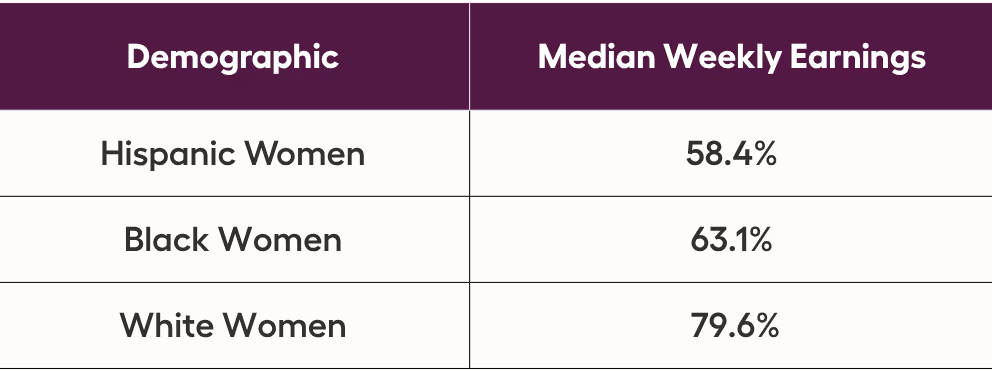


As we celebrate International Women's Day, it's important to acknowledge the challenges and costs uniquely experienced by women in their daily lives. These challenges are often worsened by ingrained societal constructs about gender roles and responsibilities.
In this article, we'll dissect the multifaceted cost of being a woman, from the pink tax phenomenon to the gender pay gap, healthcare disparities, and the overall economic impact.
The pink tax is a gender-based discriminatory pricing where products that target women tend to be priced higher than the same products for men.
It's based on the idea that women's products are considered more luxurious due to the belief that women are generally higher maintenance. As a result, women pay 13 percent more than men for similar products.
Here are some areas where the pink tax is still affecting us.
On average, women spend $9,000 on feminine products over their lifetime. However, their spending could be less if the government saw sanitary pads and tampons as essential items rather than luxury goods.
The tampon tax, taxing menstrual products as non-essential items, adds extra costs for those who menstruate and discriminates by making essential items unaffordable for some.
Here's all you need to know about how the tampon tax restricts access to menstrual products and worsens period poverty.
Scotland was the first to pass a law providing free access to all feminine hygiene products. Although it's still a long way for the US to follow suit, some states have already abolished the tampon tax.
Housing and transportation are two of the biggest expenses for individuals and families, but there are hidden costs that disproportionately affect women.
The most recent data on weekly earnings reveals that women who work full-time earn $1,031, which is 83.8% of the $1,231 median for men.
Below is an example of the gender pay gap in some occupations.

The impact of pay disparities on women's economic well-being is significant and cannot be overlooked. Here are additional effects of the gender pay gap on women's financial stability:
According to the Institute for Women’s Policy Research, the wage gap was wider for women of color compared to white men.

Some factors seen contributing to this gender wage gap are the following:
Perhaps no other economic penalty is as stark as the one inflicted on mothers. Parenthood translates into professional setbacks for women, forcing many to take career pauses, work part-time, or drop out of the workforce altogether.
Maternity or parental leave policies vary per state, with some offering paid leave while others provide none, forcing many women to take unpaid time off, affecting their income.
Below are the states that offer mandatory paid family and medical leave programs for eligible workers:
Despite the Affordable Care Act, women still face higher out-of-pocket healthcare expenses amounting to an additional $15.4 billion in out-of-pocket healthcare expenses compared to men. This discrepancy arises from deductibles, coinsurance, and out-of-pocket maximums.
The difference in out-of-pocket expenses is primarily because women utilize more services than men. Some of these services are:
Moreover, women typically live longer than men, with an average difference of 5.9 years. This longevity significantly affects their finances, requiring them to stretch their savings further.
Given these challenges, there is a clear and pressing need for women to construct equitable financial plans.
Women must save more aggressively, invest wisely, and seek opportunities to bolster their income and ensure their economic stability and well-being in their later years.
At Doing Well, we're committed to helping you maximize your financial well-being—all while considering the unique challenges women face in today's economy.
We’re here to help you with…
We offer you recurring monthly calls, ongoing bookkeeping and consistent support so that you can focus on living your life. Doing Well is here to be your partner in financial management and put you on the fast path to personal financial success.